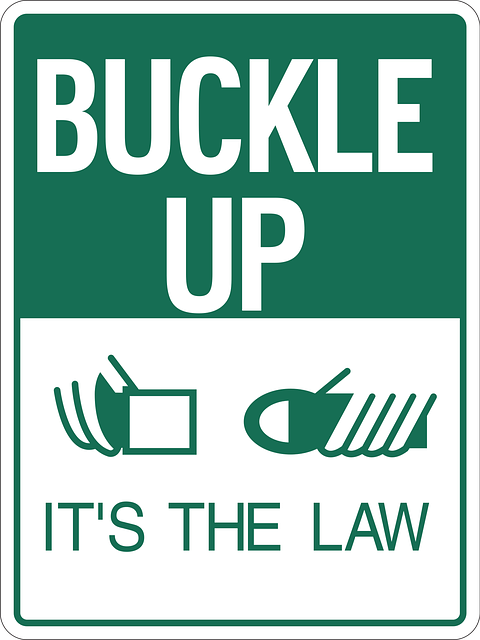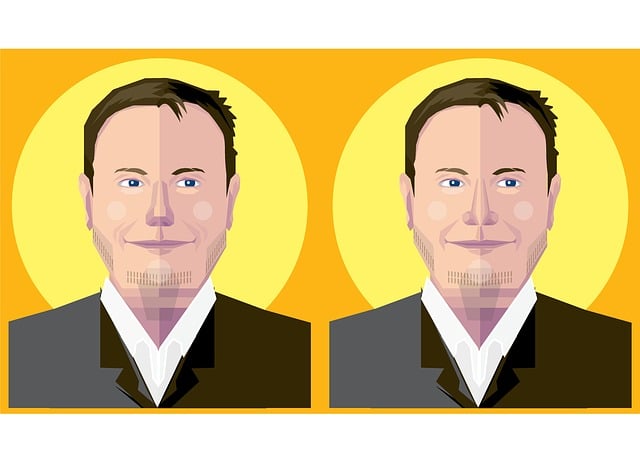A catastrophic injury settlement refers to a substantial, one-time payment addressing medical bills, care, and lost wages associated with severe, life-altering injuries. Structured settlements provide consistent funding for ongoing healthcare through predictable payment streams, but may limit future financial flexibility. Lump-sum payments offer immediate financial relief by covering anticipated future expenses, yet might undervalue the long-term impact of such injuries, leading to disputes. Both options have advantages and disadvantages in ensuring a financial safety net for victims.
In the complex landscape of personal injury law, understanding how catastrophic injury settlements are structured is paramount for both victims and legal professionals. This article delves into two primary approaches: structured settlements and lump-sum payments. By examining the pros and cons of each method, readers gain valuable insights into the process of compensating for severe injuries. We explore how structured settlements offer predictable cash flows while lump-sum payments provide immediate financial relief, shedding light on the factors influencing these settlement strategies in catastrophic injury cases.
- Understanding Catastrophic Injury Settlements
- The Pros and Cons of Structured Settlements
- Advantages and Disadvantages of Lump-Sum Payments
Understanding Catastrophic Injury Settlements

Catastrophic injury settlements are compensation packages designed to cover the extensive medical bills, long-term care needs, and lost wages associated with severe, life-altering injuries. These settlements often arise from high-stakes cases involving complex medical evidence and significant financial implications. Unlike standard accident settlements, which may be structured to provide a fixed amount of compensation for specific losses, catastrophic injury settlements are typically lump-sum payments designed to cover the wide range of future expenses and challenges faced by victims.
In these cases, plaintiffs and their legal teams work diligently to quantify the total cost of care, including medical treatments, rehabilitation, and ongoing support services. This process involves meticulous documentation, expert testimony, and a deep understanding of the victim’s prognosis. Once a settlement is reached, it represents a single, substantial payment that serves as a financial safety net for the injured party throughout their recovery journey, encompassing both immediate and future healthcare needs often associated with severe injuries like those sustained in slip and fall accidents or business litigation.
The Pros and Cons of Structured Settlements

Structured settlements offer a structured approach to receiving compensation for catastrophic injuries. One advantage is financial security; they provide a predictable stream of payments over time, ensuring a steady income stream for individuals dealing with ongoing medical needs and rehabilitation. This can be particularly beneficial in managing long-term care expenses related to severe injuries like those sustained in slip and fall accidents or due to a breach of fiduciary duty. Additionally, structured settlements often include built-in protections against potential future financial uncertainties, such as inflation adjustments, ensuring the real value of the settlement grows over time.
However, critics point out that these settlements may limit access to additional funds for unforeseen circumstances. In commercial disputes, where complex and unique financial scenarios arise, a fixed structure might not accommodate changing economic landscapes or evolving treatment options. Furthermore, some argue that structured settlements can reduce the overall compensation compared to a lump-sum payment, potentially hindering individuals from securing the resources needed for full recovery and rehabilitation.
Advantages and Disadvantages of Lump-Sum Payments

Lump-Sum payments offer a straightforward approach to catastrophic injury settlements, providing immediate financial relief to clients navigating complex personal injury claims. This method dispenses a single, substantial sum as compensation for all anticipated future medical expenses and lost wages related to the injury. The advantage lies in its convenience; it eliminates the back-and-forth negotiations often associated with structured settlements and allows the client to manage their recovery without legal entanglements.
However, lump-sum payments also present certain drawbacks. The primary concern is that this approach might undervalue the true extent of a catastrophic injury’s impact on a client’s life. Future medical needs and economic repercussions could be harder to predict, leaving room for potential disputes regarding insurance coverage. Moreover, while it provides quick access to funds, lump-sum settlements may not always align with the client’s long-term financial goals, especially if the settlement doesn’t factor in inflation or evolving healthcare costs.
When considering a catastrophic injury settlement, understanding the distinctions between structured and lump-sum payments is crucial. Each option presents unique advantages and disadvantages, with structured settlements often providing guaranteed income streams and potential tax benefits, whereas lump-sum payments offer immediate financial relief but may lack long-term stability. The choice depends on individual needs and preferences, balancing short-term liquidity against the security of future financial security in the case of catastrophic injury settlements.






